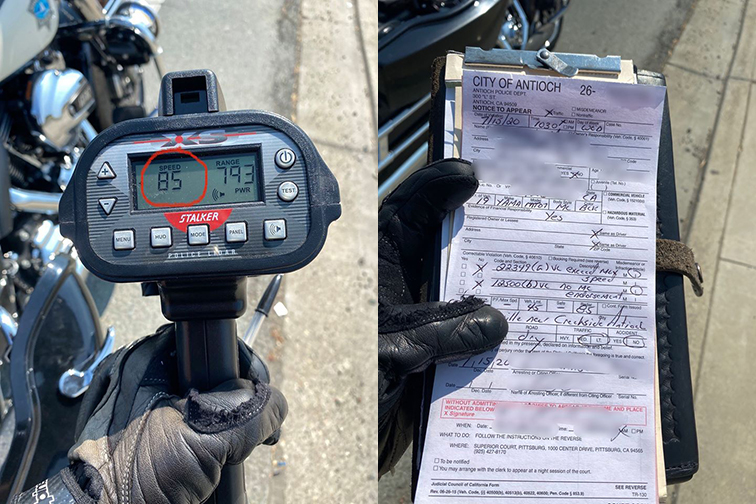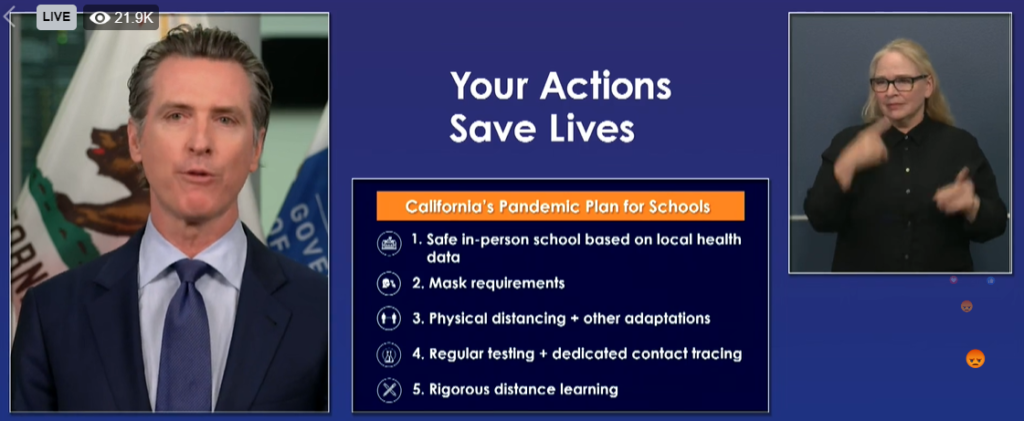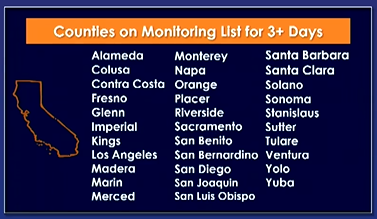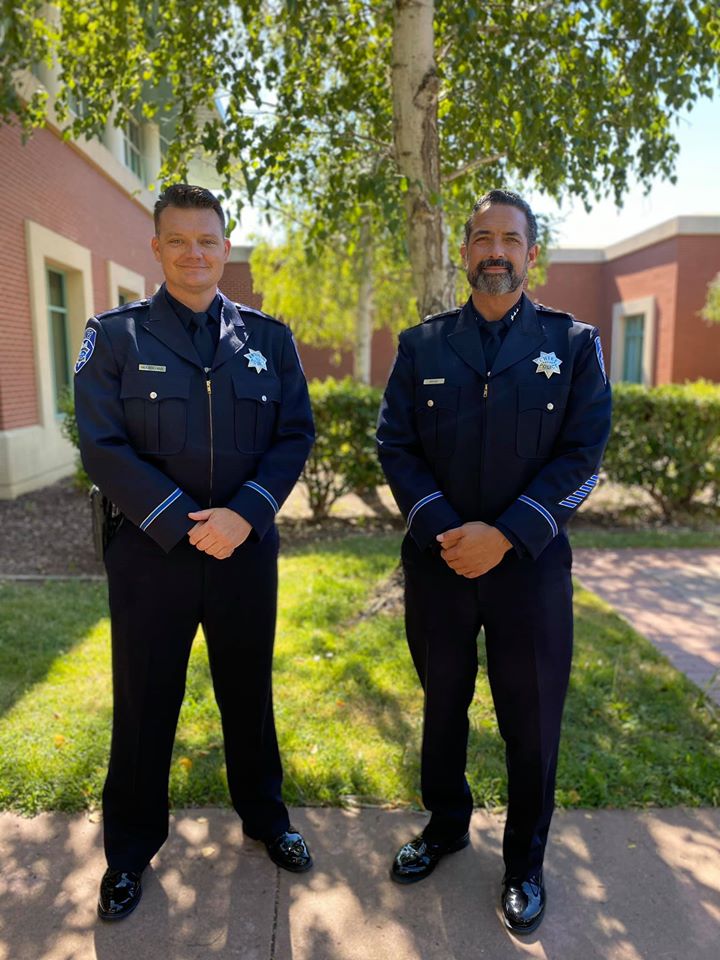https://www.youtube.com/watch?v=VIjnkkZQWhU
Start video at the 58 minutes mark.
Delivers Remarks on the Rebuilding of America’s Infrastructure: Faster, Better, Stronger
For the first time in 40 years, President Trump is taking action to right-size the Federal Government’s environmental review process to accelerate America’s infrastructure development
“By streamlining infrastructure approvals, we’ll further expand America’s unprecedented economic boom.” – President Donald J. Trump
On Wednesday, July 15, 2020 at the UPS Hapeville Airport Hub in Atlanta, Georgia, President Donald Trump offered the following remarks announcing a streamlined, modernized environmental review process to accelerate infrastructure projects in America.

Pres. Trump and the environmental review process charts, old on the right and the new, One Federal Decision policy process on the left. Video screenshot of his remarks July 15, 2020.
“For decades, the single biggest obstacle to building a modern transportation system has been the mountains and mountains of bureaucratic red tape in Washington, D.C. Before I took office, reviews for highways ballooned to an average of nearly 750 pages in length. And they were the good ones; they were the short ones.
And I know because I was in business for a long time, and I had to go through a process that was so ridiculous. It was so ridiculous. We went through a process for building buildings, usually. It would take forever. By the time you’d start building, the market changed. You said, “You know, the market was good when we started; now the market is lousy.” So you’d say, “The hell with it. We won’t build.” Sometimes you’d start building and you’d say, “That was a mistake.”
But we went through years and years of litigation and tumult, and it was just not good. But you go through it to an even greater extent.
The maze-like approval process represented lobbyists that were very rich; they were making a lot of money. I remember I’d go up to Albany, New York, and I’d see my lobbyists up there. I said, “What are you doing here?” I knew what they were doing. They were trying to make it more difficult. So you had to hire them for more and more work, spend millions and millions of dollars for nothing.
But too often, they caused massive delays, on top of everything else. And that way, they got their fees over a longer period of time. It’s one of the reasons why, for example, the average Atlanta driver spends an incredible 77 hours in traffic during a short period of time.
But all of that ends today. We’re doing something very dramatic. (Applause.) We just completed an unprecedented — and I don’t want to say it’s absolutely unprecedented — top-to- bottom overhaul — should have been done years ago — of the infrastructure approval process; this approval process that has cost trillions of dollars over the years for our country and delays like you wouldn’t believe.
This is a truly historic breakthrough, which means better roads, bridges, tunnels, and highways for every UPS driver and every citizen all across our land. Together, we’re reclaiming America’s proud heritage as a nation of builders and a nation that can get things done, because with these horrible roadblocks that were put in front of us, you couldn’t get it done. No matter how good you were, you couldn’t get it done. You’d wait and wait. You’d go to the next step. You’d say, ‘You can’t start the next step until you finish the first.’”
“Today’s action is part of my administration’s fierce commitment to slashing the web of needless bureaucracy that is holding back our citizens. I’ve been wanting to do this from day one. And we started it on day one — literally, on day one — but it takes a long time. You have statutory requirements; you have a lot of different roadblocks even to changing it. But the change you’ll be hearing about in a minute. And it’s one of the biggest things we can be doing for our country.
The last administration increased the Federal Register by 16,000 pages of job-killing regulations. Under my administration, we have cut the Federal Register by nearly 25,000 pages, more than any President in history, whether it’s four years, eight years, or in one case, more. And we, frankly — this, I would think, is maybe the biggest of all. We did the U.S. Waters — you saw that. The U.S. Waters Act. That was a big one. That was a big one. (Applause.)
I thought I was going to take a lot of heat when I did that, and instead it was just the opposite. People came up — grown men that had never cried, even when they were a baby — they were standing behind me when I signed that bill at the White House, and they were crying. They were crying — because we gave their life back to them. That took their life away. It took their livelihood away. It was a big, big moment.
But this is a big moment today too — probably, possibly equally as big. Today’s action completely modernizes the environmental review process under the National Environmental Policy Act of 1969. We are cutting the federal permitting timeline from a staggering 10 years, 15 years, 18 years, 21 years — you know the story; you’ve seen it — projects that start out. A young guy heads the project. By the time it gets approved or disapproved — in many cases, disapproved; usually disapproved — he’s getting ready to retire.
‘So what did you do for your life?’ ‘I worked on one project. We didn’t get it through in the end.’ No, we won’t get certain projects through for environmental reasons; they have to be environmentally sound. But you know what? We’re going to know in a year. We’re going to know in a year and a half. We’re not going to know in 20 years.
So we’re cutting the federal permitting timeline for a major project from up to 20 years or more — hard to believe — down to two years or less. So we have it down to about two years right now, Elaine, and I think two years or less. And our goal is one year. And you may get disapproved. It may — they may vote, at the end, they didn’t like something environmentally or safety-wise, and I’m all for that, but you’re not going to devote a lifetime to doing a project that doesn’t get approved or that gets approved.
And oftentimes, when it gets approved, it comes in at 10, 20, 30 times the cost. There’s a highway in a certain state — a short road, not even a highway, I guess; more of a roadway. And they put in. It was a straight line from point to point. By the time they finished it, 18 years later, it was this. It cost tens of times. It cost many, many, many times more than the original. It’s a dangerous roadway because there’s turns. You got to be in good shape. You got to be wide awake to make those turns. You got to see those things. You have to see the guardrails. Bom. They had a simple, straight roadway, and now they build it — they end up — it took 17 years to get it approved. Ended up costing many, many times what the original estimates were, and it’s no good. It’s not good.
Under the last administration, a mere 7 percent of reviews for federal highways were processed within two years. Now what we’re doing is the two years won’t be the exception; it’ll be the rule. So what we’re doing is, we’re going to have that coming down at a much steeper rate. This will reduce approval times for highways alone by at least 70 percent. But the 70 percent is a very unambitious number because the number is going to be actually much lower than that.
At the heart of the reforms is the One Federal Decision policy. It really spells it out when you hear that name: One Federal Decision. Before, applicants for infrastructure permits were forced to spend years and years navigating a labyrinth of federal agencies, and every single one had a power to stop a project. Anytime you went to an agency, they had a power to stop it. And it would stop the project — not only stop it; but right in its tracks it would stop it.
With our reforms, there will be one quick and fair decision. We’re going to give every project a clear answer: Yes or no. Yes or no. The two-year process, where just to submit is two years, is not acceptable. It’s going to be a very quick ‘yes’ or ‘no,’ after study, but the studies are going to go quickly and they’re going to go simultaneously.

Close up of the two environmental review process charts
So if you’re in numerous agencies, you’re all going at the same time. Instead of waiting for one, for two, for three — and oftentimes, you’d go through one, it would take you six months, and then you have to wait 90 days, and then you have a review period, and then you start the second one. And now you go for another four months, and then you wait 90 days, and you have a review period. And sometimes you had to go through 9, 10, 12 different agencies. So even if you did absolute rapid, it was many, many years before you could even think about starting it.
We have up here, by the way — that’s a chart of the old system and the new system. And I think the new system is better. (Applause.) I think it’s better not only in time; I think it’s better in terms of the process, and I think it’s better in terms of the importance from an environmental and a safety standpoint.
But take a look at that. This is what you had to go through. In fact, it was much more dramatic when I first came up with this about a year ago. We took that and we rolled it out. It was so dramatic. And it just kept going and going. So the difference is that. And many of those steps, you had to wait before you could even think about going to the next one, and you had to get full approvals.
Any one of those colors, where there was a problem or a rejection, meant it was dead. And now you go through this very simple, but very comprehensive solution. And it’s a beautiful thing, especially if you understand construction and building, and other things beyond building, like I do.
At the same time, we’ll maintain America’s gold standard environmental protections. The United States will continue to have among the very cleanest air and cleanest water on Earth — which we do now.”
MODERNIZING ENVIRONMENTAL REVIEWS: For the first time in 40 years, President Donald J. Trump is taking action to right-size the Federal Government’s environmental review process.
- The Trump Administration is issuing a final rule that will modernize and accelerate environmental reviews under the National Environmental Policy Act (NEPA), so that infrastructure can be built in a timely, efficient, and affordable manner.
- This marks the end of a multi-year review, which produced more than 1.1 million public comments and involved a broad range of stakeholders.
- The final rule modernizes Federal NEPA regulations, including by codifying certain court decisions to clarify NEPA’s application and by expanding public involvement in NEPA reviews through the use of modern technology.
- The rule also improves management by incorporating President Trump’s One Federal Decision policy, establishing time limits of two years for completion of environmental impact statements, when required, and one year for completion of environmental assessments.
- Together, these common sense reforms will slash unnecessary government bureaucracy and accelerate important infrastructure projects all across the Nation.
STREAMLINING INFRASTRUCTURE APPROVALS: The Federal environmental review process has historically been far too complex, costly, and time consuming.
- Since NEPA’s enactment, the environmental review process has been burdensome for both Federal agencies conducting reviews and Americans seeking permits or approvals.
- Environmental impact statements average over 650 pages, and it takes Federal agencies on average four and a half years to conduct required reviews.
- According to the Council on Environmental Quality, environmental impact statements for highway projects take more than seven years on average and often take a decade or more.
- NEPA reviews are also frequently challenged in court, making it very challenging for businesses and communities to plan, finance, and build projects in the United States.
CUTTING RED TAPE: President Trump is reversing years of burdensome overregulation and administrative abuse, simultaneously ensuring meaningful environmental reviews and spurring economic growth.
- President Trump is making good on his promise to conduct historic deregulation, removing job killing regulations that have stifled economic growth for far too long.
- Already the President has reversed burdensome regulations like the Obama Administration’s Waters of the United States rule and Corporate Average Fuel Economy (CAFE) standards.
- President Trump also did away with the Obama Administration’s expensive, heavy handed, and job-killing Clean Power Plan, replacing it with the much improved Affordable Clean Energy (ACE) Rule.
- The President launched his Governors’ Initiative on Regulatory Innovation to cut outdated regulations, put people over paperwork, and align Federal and State regulations.
- Under President Trump, the United States has remained a world leader in protecting the environment and reducing greenhouse gas emissions, while becoming the largest producer of oil and natural gas in the world.

















 Just as Contra Costa County’s top public health official Anna Roth informed the Contra Costa County Board of Supervisors on Tuesday the number of COVID-19 positive cases has risen to 2,586 cases, an increase from 92 cases three weeks earlier, and with 79 COVID -19 stricken patients in county hospitals, up from 35 patients in county hospital six weeks previously, Supervisors reacted swiftly by extending a county-wide ordinance prohibiting rental evictions and rental increases until September 30.
Just as Contra Costa County’s top public health official Anna Roth informed the Contra Costa County Board of Supervisors on Tuesday the number of COVID-19 positive cases has risen to 2,586 cases, an increase from 92 cases three weeks earlier, and with 79 COVID -19 stricken patients in county hospitals, up from 35 patients in county hospital six weeks previously, Supervisors reacted swiftly by extending a county-wide ordinance prohibiting rental evictions and rental increases until September 30.

 The Contra Costa County Coroner’s Office has identified the man who died from multiple stab wounds after shooting another man in a fight in Antioch, last Wednesday, July 8, as “Richie Asidanya, a 35-year-old black male out of Pittsburg.”
The Contra Costa County Coroner’s Office has identified the man who died from multiple stab wounds after shooting another man in a fight in Antioch, last Wednesday, July 8, as “Richie Asidanya, a 35-year-old black male out of Pittsburg.” (Martinez, CA) – At a special Board meeting on July 14, 2020, the Contra Costa County Board of Supervisors unanimously passed an urgency ordinance that continues an eviction moratorium for residential tenants and small businesses in the County through September 30, 2020. The urgency ordinance also continues a moratorium on certain residential rent increases through September 30, 2020.
(Martinez, CA) – At a special Board meeting on July 14, 2020, the Contra Costa County Board of Supervisors unanimously passed an urgency ordinance that continues an eviction moratorium for residential tenants and small businesses in the County through September 30, 2020. The urgency ordinance also continues a moratorium on certain residential rent increases through September 30, 2020.














